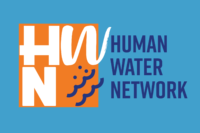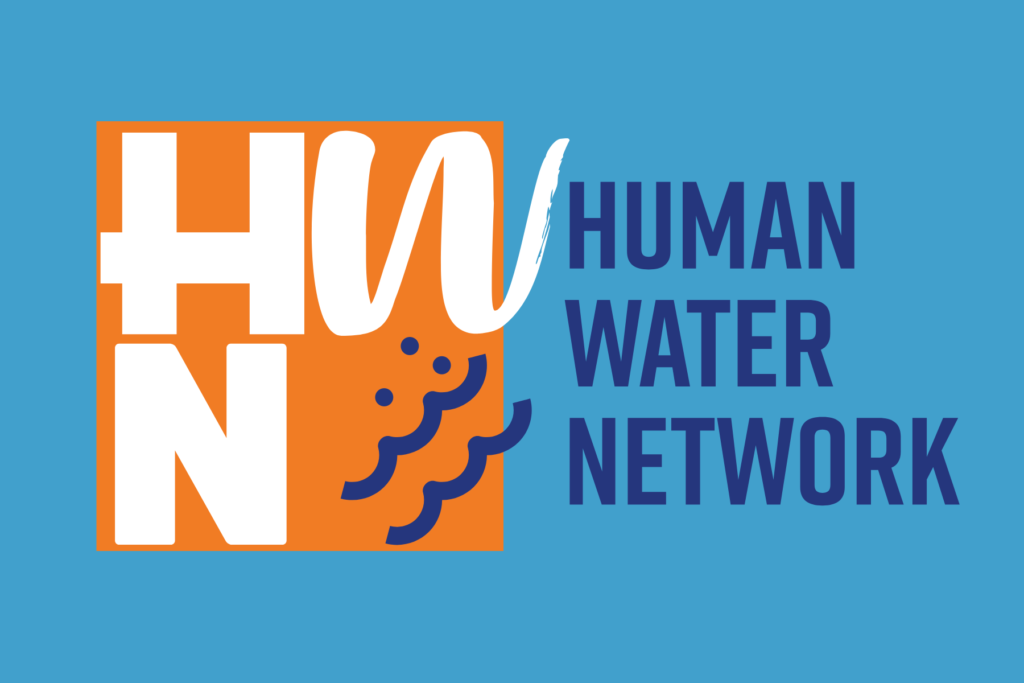Awareness and Education to Inspire Environmental Action
Environmental challenges such as climate change, deforestation, pollution, and biodiversity loss have escalated to critical levels, posing imminent threats to ecosystems and human well-being. Addressing these complex issues requires collective action, which begins with awareness and education. By fostering an informed and engaged public, societies can cultivate the values, knowledge, and skills needed to drive meaningful environmental action. This paper explores the pivotal role of awareness and education in inspiring environmental stewardship, examining their impact on individual behavior, community engagement, and policy advocacy.
The Power of Awareness
Awareness is the foundation for environmental action. It involves understanding the existence and urgency of environmental issues and recognizing how they impact individuals and communities. Raising awareness is the first step toward motivating people to care about and address these issues.
One of the most potent tools for raising awareness is storytelling. Documentaries, social media campaigns, and public service announcements often bring environmental crises to life through compelling narratives and visuals. For example, documentaries like An Inconvenient Truth and My Octopus Teacher have successfully highlighted the consequences of climate change and the beauty of marine ecosystems, respectively. These stories inform audiences and evoke emotional responses that inspire action, making the audience feel inspired and motivated.
Grassroots initiatives also play a critical role in raising awareness. Community-led cleanups, tree-planting events, and awareness walks provide firsthand experiences of environmental challenges and solutions. By engaging people on a personal level, these activities make environmental issues tangible and relatable, fostering a sense of responsibility and empowerment.
Education as a Catalyst for Change
While awareness sets the stage, education provides the tools for informed and sustained action. Environmental education equips individuals with the knowledge to understand complex ecological systems, the critical thinking skills to analyze environmental problems, and the competencies to implement sustainable solutions.
Formal education systems, from primary schools to universities, have begun integrating environmental topics into curricula. Programs such as outdoor education, science fairs, and eco-clubs immerse students in hands-on learning experiences, deepening their connection to the natural world. For instance, schools that implement sustainability projects, such as community gardens or waste-reduction initiatives, teach students about the practical applications of environmental stewardship while fostering teamwork and creativity.
Nonformal education also plays a crucial role. Workshops, webinars, and public lectures offer accessible platforms for individuals of all ages to learn about environmental issues. Organizations like the National Geographic Society and the Sierra Club provide free resources and courses on wildlife conservation and renewable energy. These initiatives help bridge knowledge gaps, enabling more people to participate in environmental action.
Inspiring Individual Behavior Change
Awareness and education can drive individual behavior change, essential for reducing environmental impact. Research shows that individuals are more likely to adopt sustainable practices when they understand their environmental footprint and the benefits of eco-friendly behaviors. For example, campaigns promoting energy efficiency often highlight the cost savings and environmental benefits of using energy-efficient appliances or switching to renewable energy sources.
Behavioral nudges, such as reminders to carry reusable bags or recycling incentives, reinforce environmentally friendly habits. Educational interventions, like workshops on composting or sustainable cooking, empower individuals to make small but meaningful changes in their daily lives. Over time, these actions can create ripple effects, inspiring others and contributing to broader cultural shifts toward sustainability.
Mobilizing Communities for Collective Action
Awareness and education extend beyond individual behavior, fostering community engagement and collaboration. When communities come together to address environmental challenges, they amplify their impact and create lasting change. Community-based ecological education programs often focus on local issues, such as water conservation, air quality, or urban green spaces, making the content relevant and actionable.
For example, citizen science projects engage volunteers in data collection and environmental monitoring, empowering them to contribute to scientific research and advocacy efforts. Initiatives like these build community capacity and strengthen social bonds, creating a sense of shared purpose and resilience.
Environmental awareness campaigns that target communities often leverage local culture and traditions to resonate with their audience. In many Indigenous communities, environmental education is rooted in traditional ecological knowledge, emphasizing the interconnectedness of humans and nature. By blending modern science with cultural wisdom, these approaches inspire a holistic understanding of environmental stewardship.
Influencing Policy and Systemic Change
Education and awareness also play a critical role in shaping public opinion and influencing policy. Informed citizens are more likely to advocate for environmental legislation, support green initiatives, and hold policymakers accountable. Grassroots movements, such as Fridays for Future and Extinction Rebellion, demonstrate the power of collective action driven by education and awareness.
Educational campaigns targeting policymakers and industry leaders are equally important. Workshops, conferences, and reports provide decision-makers with the evidence and tools to develop sustainable policies. Collaborative efforts between governments, educational institutions, and nonprofit organizations can amplify these initiatives, driving systemic change on a larger scale.
The Role of Technology in Expanding Reach
Advances in technology have revolutionized the delivery of awareness and education. Social media platforms, online courses, and virtual reality experiences make environmental education more accessible and engaging. For example, mobile apps that track carbon footprints or provide tips for sustainable living empower users to make informed choices. Virtual reality simulations, such as exploring coral reefs or witnessing deforestation, offer immersive experiences that leave lasting impressions.
Digital tools also facilitate global collaboration and information sharing, enabling people from diverse backgrounds to learn from one another and work together. By harnessing the power of technology, educators and advocates can reach broader audiences and inspire action on a global scale.
Conclusion
Awareness and education are indispensable in the fight against environmental degradation. By raising awareness, individuals and communities gain the motivation to care about the environment. Through education, they acquire the knowledge and skills to take effective action. Together, these elements empower people to make sustainable choices, advocate for change, and build resilient communities. As the world faces unprecedented environmental challenges, investing in awareness and education is not just an option but a necessity for a sustainable future.
Future reserch project for local implemenation:
Introduction
Awareness and education are powerful tools for inspiring individuals to take action in protecting the ocean, beaches, and watershed areas. By combining targeted campaigns with experiential learning opportunities, we can foster a deeper understanding of environmental challenges and motivate sustainable behaviors. This research focuses on exploring how awareness campaigns and hands-on learning experiences influence knowledge, attitudes, and actions, using qualitative methods to capture the personal and collective impacts of these initiatives.
Research Objectives
- Explore the effectiveness of targeted awareness campaigns in increasing environmental knowledge and inspiring action.
- Understand the role of experiential learning in fostering long-term behavioral changes toward ocean and watershed conservation.
- Develop recommendations for creating impactful education initiatives that resonate with diverse community audiences.
Research Questions
- What stories and messages in awareness campaigns most effectively inspire environmental action?
- How do experiential learning opportunities (e.g., cleanups, eco-tours) influence participants’ perceptions and behaviors?
- What barriers and motivators do individuals experience in translating awareness into action?
Methodology
This research will utilize qualitative approaches to capture in-depth perspectives:
- Interviews: Conduct semi-structured interviews with participants in awareness campaigns and experiential learning programs to understand their personal experiences and takeaways.
- Focus Groups: Facilitate discussions with diverse community members to explore collective insights about educational initiatives and their perceived impact.
- Participant Observations: Observe awareness events and experiential learning activities to gather contextual data on engagement and response.
- Narrative Analysis: Analyze qualitative data to identify recurring themes, impactful stories, and barriers to action.
Expected Outcomes
- A deeper understanding of how targeted campaigns and experiential learning shape environmental awareness and inspire action.
- Identification of key elements that make educational initiatives engaging and impactful.
- Practical recommendations for designing awareness and education programs tailored to the needs and interests of local communities.
Significance
Education is at the heart of environmental stewardship. By understanding how awareness campaigns and hands-on learning impact individuals and communities, this research will provide actionable insights to improve the design and delivery of conservation education initiatives. These insights will help bridge the gap between awareness and meaningful, sustained action.
Timeline and Deliverables
- Months 1-2: Recruitment of participants and development of interview and focus group guides.
- Months 3-5: Conduct interviews, focus groups, and participant observations during events.
- Months 6-7: Narrative analysis and synthesis of findings.
- Month 8: Final report with evidence-based recommendations for future awareness and education campaigns.
By centering community voices and emphasizing experiential learning, this research aligns with our organization’s mission to inspire action through education, ensuring that conservation efforts resonate with and empower diverse audiences.


